Optimal Timing for Duck Removals
Duck removals are most effective during specific times of the year when duck activity is highest, typically during breeding and migration seasons. Timing these removals correctly can lead to more successful and humane outcomes.
During spring, ducks migrate to breeding grounds, increasing their presence in various habitats. This is an optimal time for removal to prevent nesting in unwanted areas.
The breeding season, usually in late spring and early summer, sees increased duck activity. Removals during this period can help reduce nesting in problematic locations.
In autumn, ducks migrate back to wintering grounds. Conducting removals during this time can help manage populations before harsh weather sets in.
After migration, duck activity diminishes, making it less ideal for removals. Timing removals before migration peaks ensures better results.
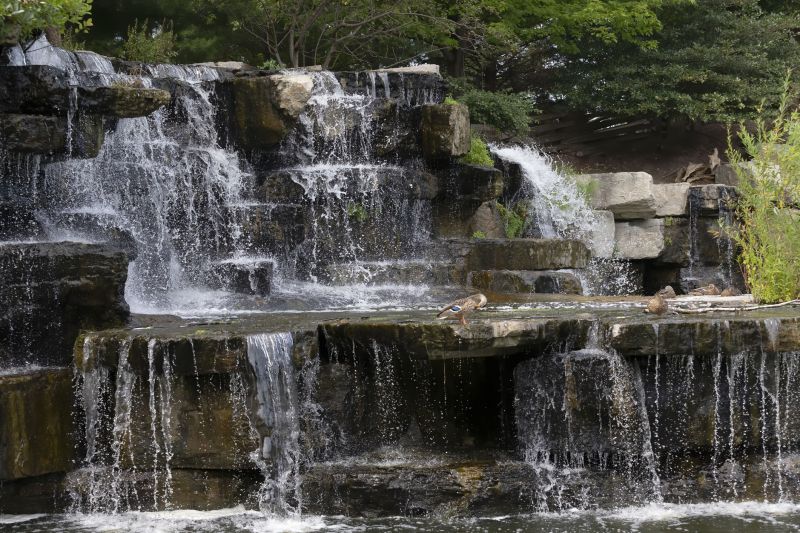
Ducks arrive in wetlands and lakes for breeding during spring migration.
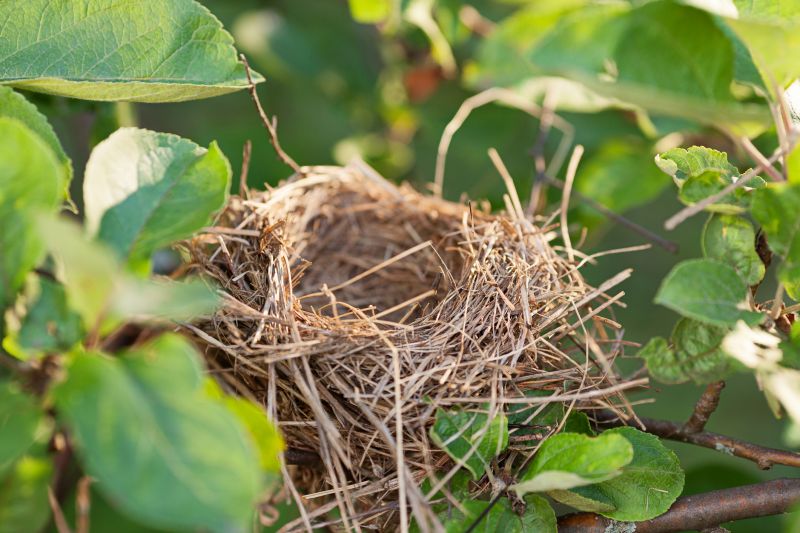
Ducks often nest in reed beds and shoreline vegetation during breeding season.
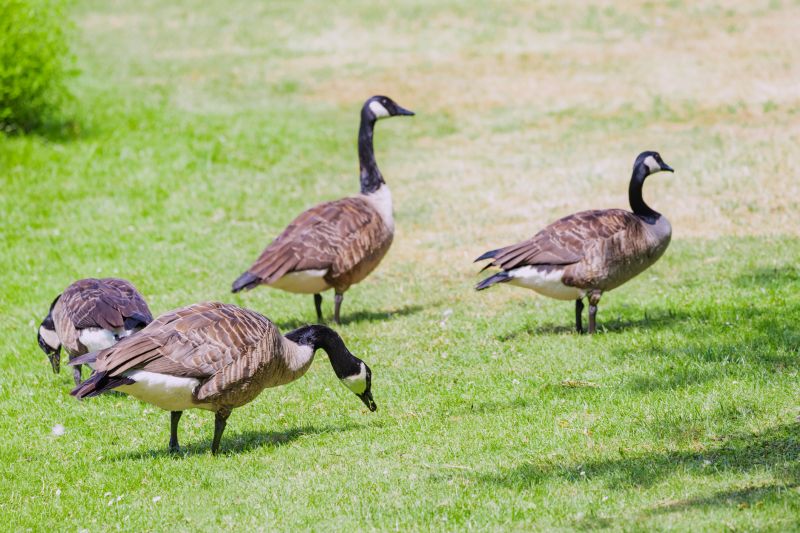
Ducks migrate back to warmer areas in autumn, reducing local populations.

Popular materials for Duck Removals and why they hold up over time.

Simple add-ons that improve Duck Removals without blowing the budget.
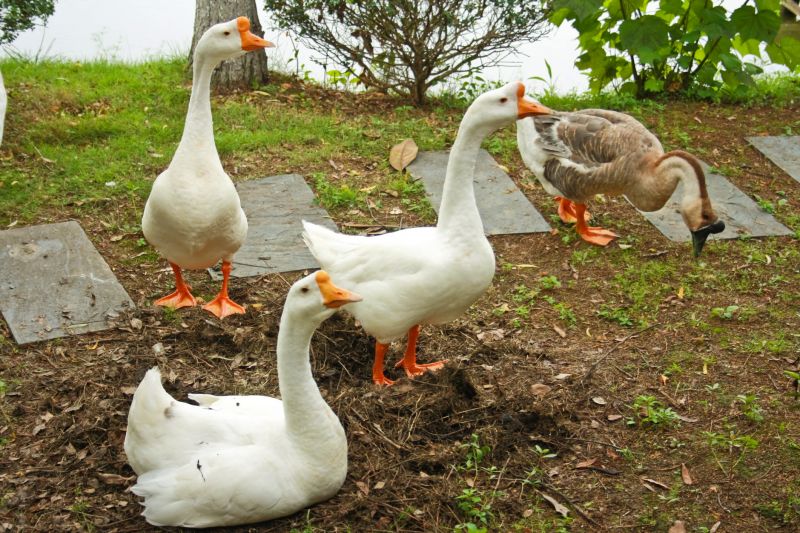
High-end options that actually feel worth it for Duck Removals.
| Season | Optimal Timing for Duck Removals |
|---|---|
| Spring | Best during migration and early breeding stages |
| Summer | Effective during nesting and early rearing |
| Autumn | Ideal during migration back to wintering grounds |
| Winter | Less effective, as duck activity declines |
| Late Spring | Less optimal due to nesting and breeding activities |
Duck removals involve carefully timed efforts to manage populations and prevent damage to property or habitats. Understanding seasonal patterns helps in planning effective interventions. During migration periods, ducks are more visible and accessible, making it easier to implement removal strategies humanely and efficiently.
Statistics indicate that timing removals to coincide with peak activity periods increases success rates by up to 40%. Coordinating efforts with natural migration and breeding cycles ensures humane treatment and minimizes disruption to local ecosystems.
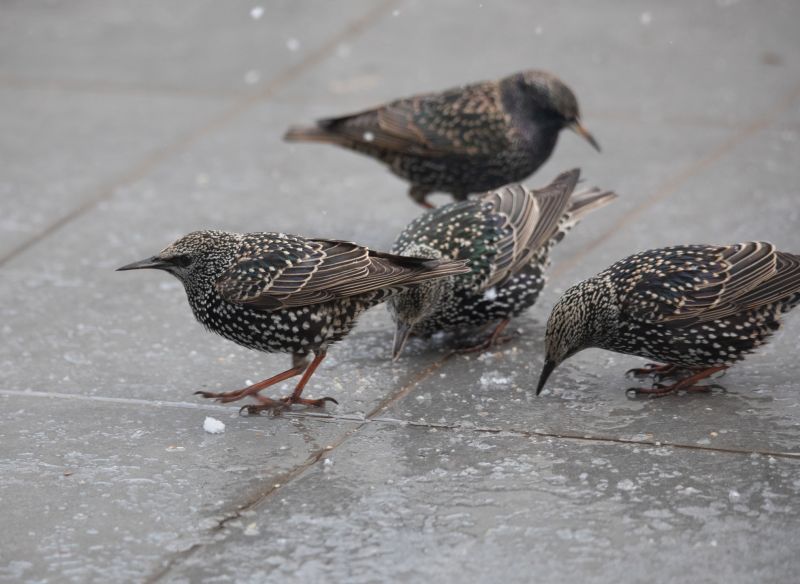
High duck populations are observed in wetlands during migration seasons.

Ducks prefer nesting in reed beds and shoreline vegetation.
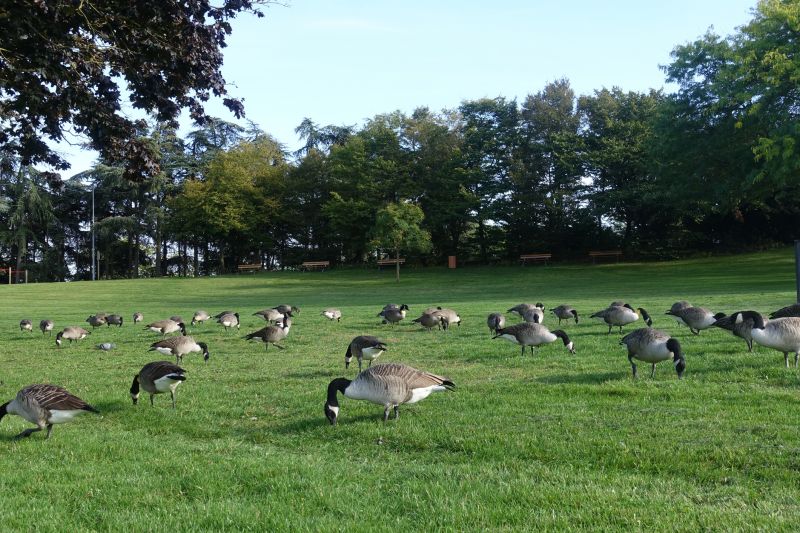
Migration routes are most active during spring and autumn.
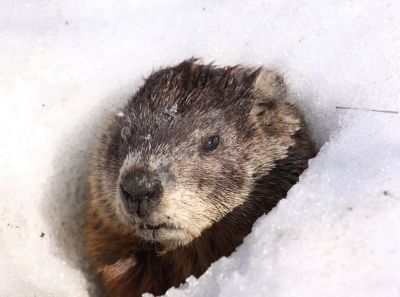
Ducks settle in wintering areas during colder months.

Finishes and colors that play nicely with Duck Removals.
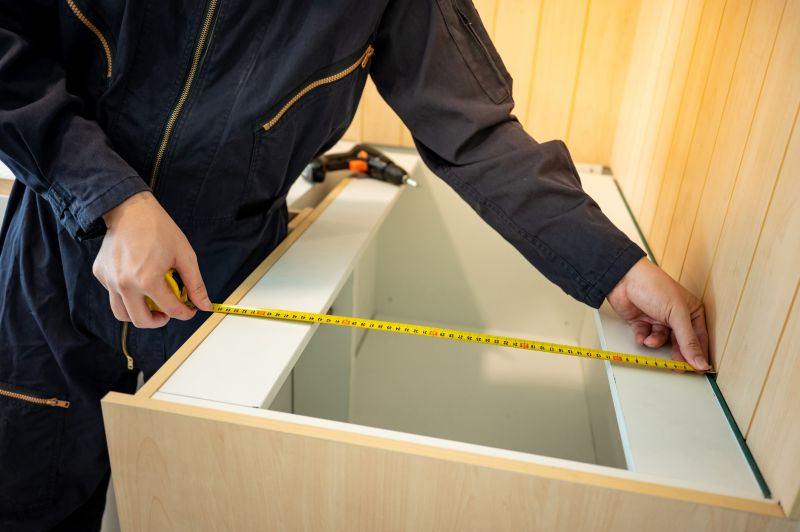
Little measurements that prevent headaches on Duck Removals day.
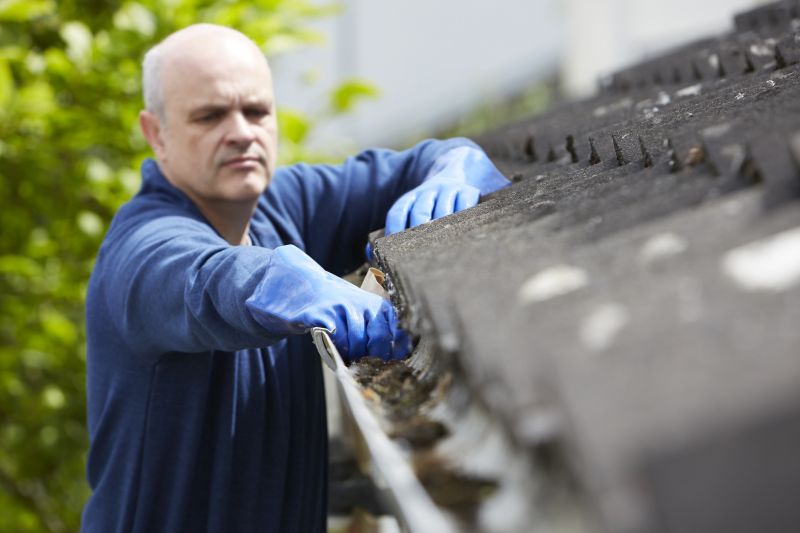
A 60-second routine that keeps Duck Removals looking new.
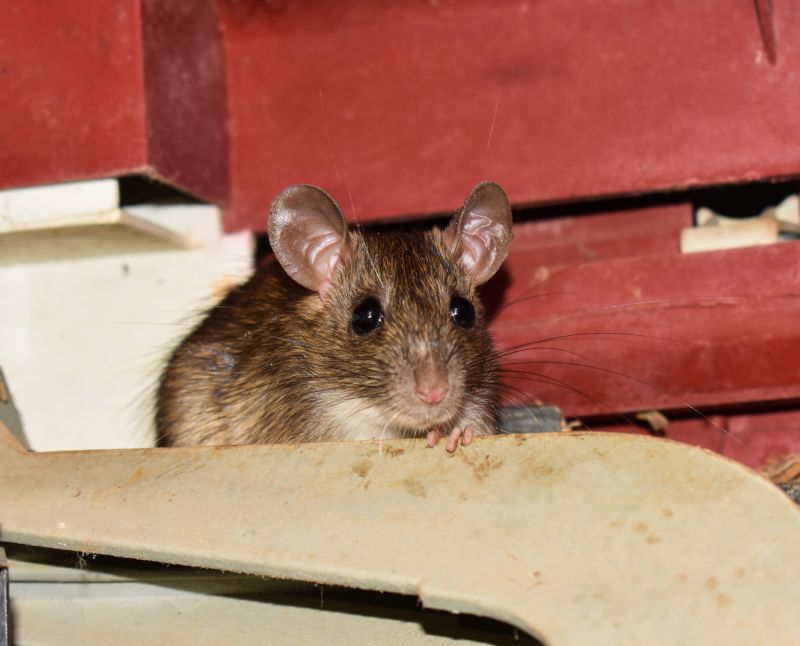
A frequent mistake in Duck Removals and how to dodge it.
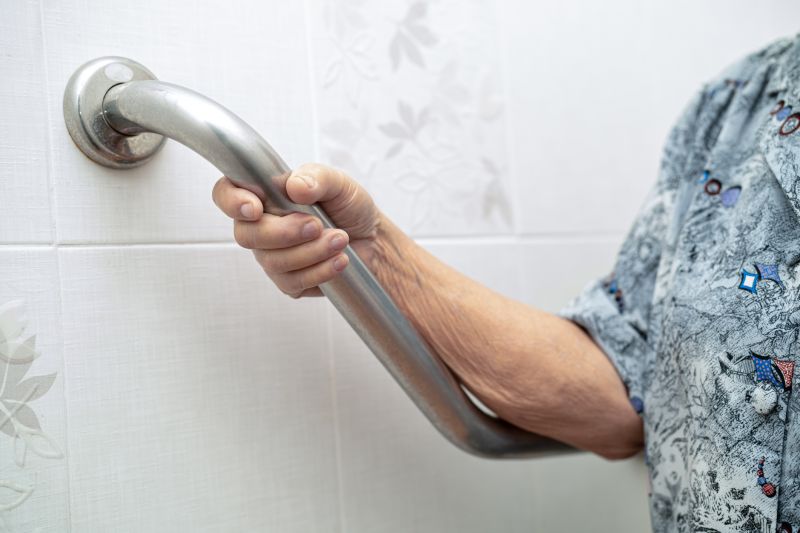
Small tweaks to make Duck Removals safer and easier to use.

Lower-waste or water-saving choices for Duck Removals.
Individuals interested in duck removals are encouraged to contact for further information. Proper timing and strategy are essential for effective management, ensuring humane and successful removal processes.
